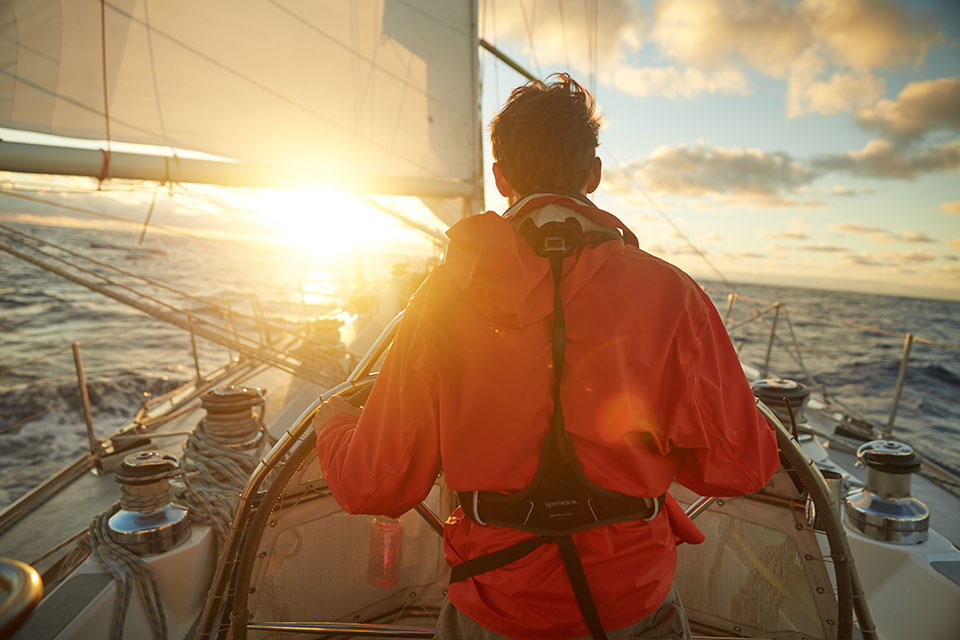

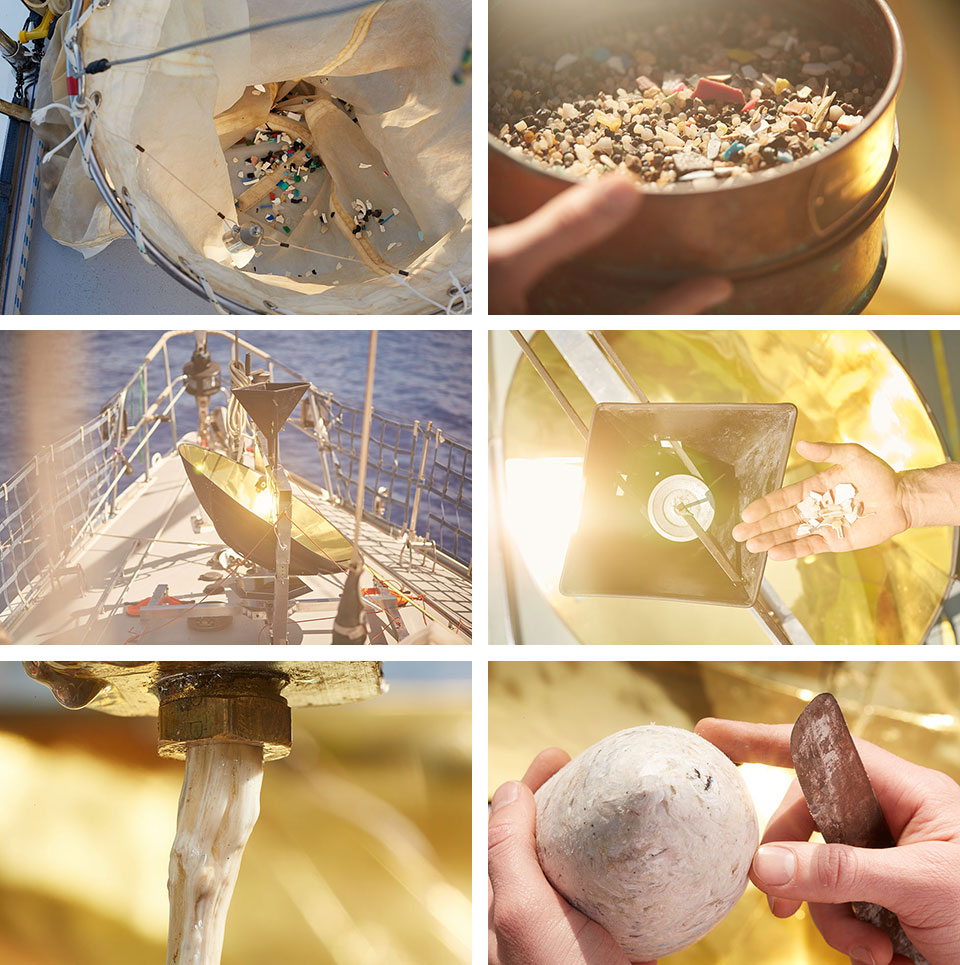
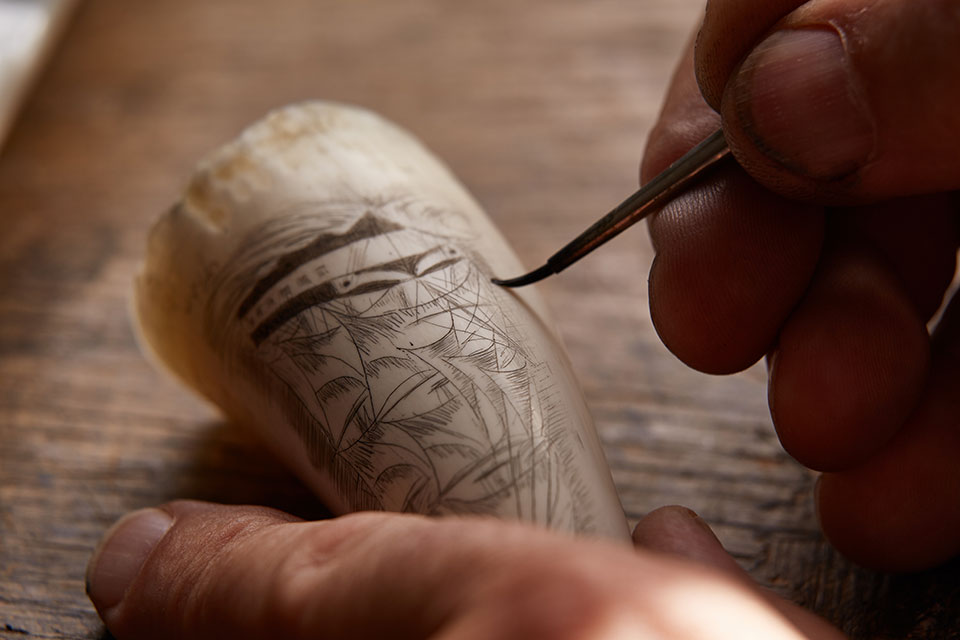


北大西洋环流
北大西洋环流附近的亚速尔群岛以捕鲸业见长,当地也有传统贝壳雕塑工艺。一个像鲸鱼牙齿的大海塑料回收创作。
North Atlantic Gyre, 2015
Sea plastic, reclaimed mahogany, rope, brass
H32cm W24cm D24cm
The North Atlantic Gyre is situated near the Azores. These islands had a major whaling industry that was driven by the global demand for whale oil in a time before the discovery of petroleum. The Azores has a long tradition of scrimshaw craft, which is a form of engraving on whale teeth. This was usually practised to relieve boredom and maintain order amongst the crew when there was neither wind nor whales.
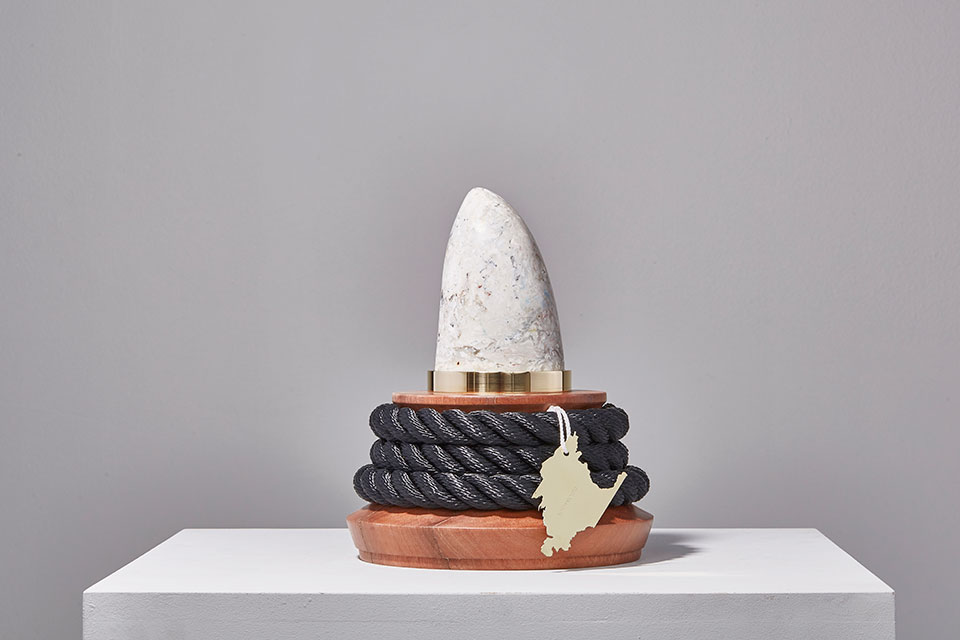

南大西洋环流
South Atlantic Gyre, 2015
Sea plastic, gold-plated steel, brass, sand-blasted glass, brass, rope.
H19cm W17cm D20cm
The South Atlantic is renowned for treacherous storms whipping around the great capes of South America and Africa in a stretch of sea called the Roaring Forties. This vessel refers to the many Polar expeditions that cross this dangerous passage.
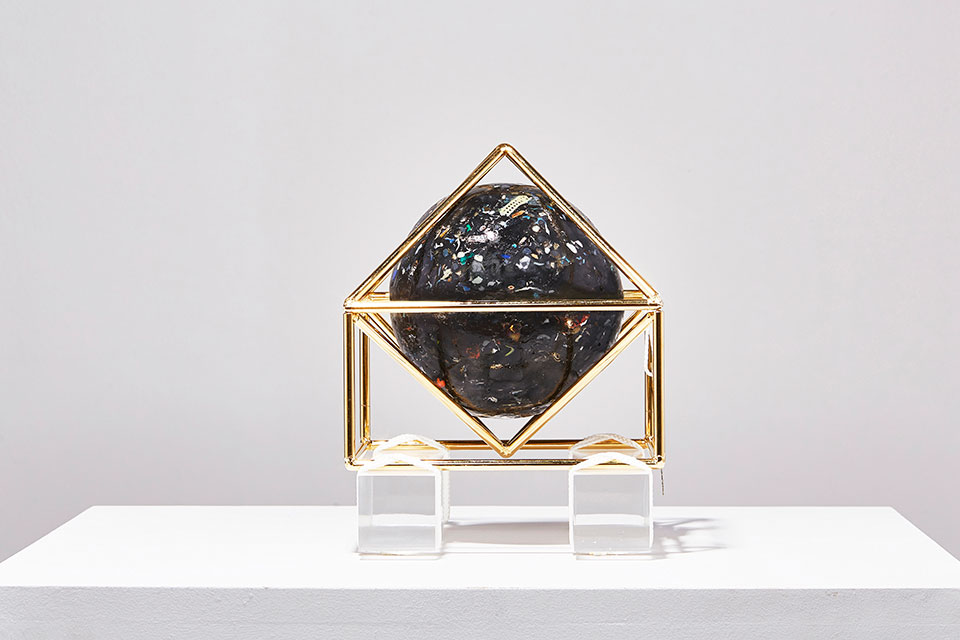

北太平洋环流
North Pacific Gyre, 2015
Sea plastic, green abalone shells, brass, rope, shackle.
H33cm W22cm D12cm
The first gyre was discovered by Captain Charles Moore in the North Pacific. The stretch of sea between Russia and Alaska is notorious for industrial-scale crab fishing. Studies on crabs, which inhabit the depths of the Bering Strait, have found increasing plastic particles in their respiratory systems.



南太平洋环流
South Pacific Gyre, 2015
Sea plastic, reclaimed tropical hardwood, gold-plated steel, brass, rope.
H38cm W22cm D15cm
The South Pacific has the largest expanse of water in the world. Sailors in this area can be so remote that the nearest people to them are orbiting above their heads in the International Space Station. Island communities in the South Pacific have survived and thrived entirely on the sea. As a result they have developed a distinctive vernacular style of maritime crafts with a complex gift-giving culture centred on precious materials, such as turtle shell, black pearls and tropical hardwoods.
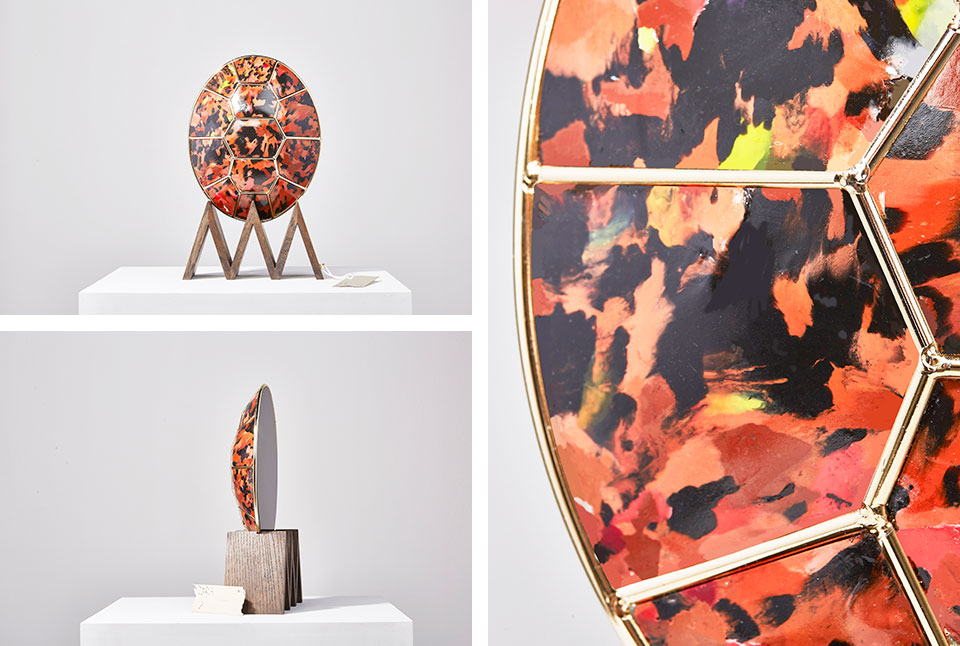
印度洋环流
Indian Ocean Gyre, 2015
Sea plastic, wood flotsam, aluminium, mother-of-pearl, steel, brass, rope.
H25cm W28cm D18cm
The Indian Ocean has some of the heaviest shipping traffic in the world. Many cargo ships have spilled their loads in the giant waves and as many as 10,000 container crates are lost each year around the globe. This plinth envisages a new plastic craft made by the Sentinelese people of the Andaman Islands, the last pre-Neolithic tribe in the world. Although isolated from the modern world, they receive the newest synthetic materials in the form of ocean plastic washed up on their shores.



